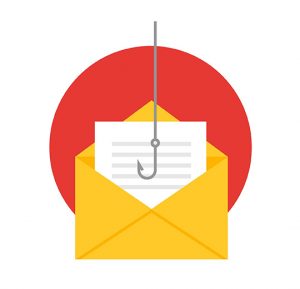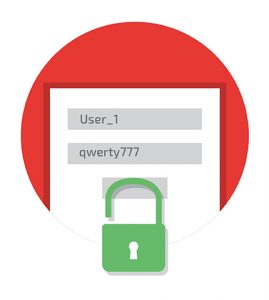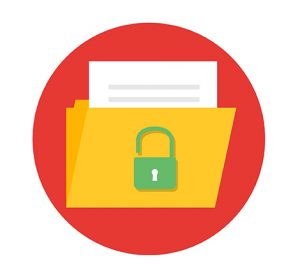How To Detect Phishing Scams

Threats to your home computer come in many different forms. Viruses, trojans, keyloggers, and ransomware are just some of the phishing scams plaguing regular desktop and laptop users. Phishing, or the act of baiting unsuspecting users into clicking malicious links via email, Facebook messenger, email attachments or text message, are getting more abundant and dangerous with each year.
This type of malware can damage files on your computer, steal your passwords or spy on you without your knowledge.
IBM’s X-Force researchers currently estimate that more than half of all emails sent each day are spam and the number of spam emails containing malicious attachments is rising dramatically. Over half of internet users get at least one phishing email per day and organizations around the world spend over $4.5 billion every year to protect against these scams.
Cybercriminals get smarter and trickier every year, and even though home computers feature the most up-to-date security software, phishing scams remain a severe threat.
Here’s how to avoid these dangerous emails and to decipher if an email is more than it appears.
LOOK BUT DON’T CLICK
Every parent has told a young child while shopping or visiting a friends house to “look but don’t touch” and every adult should take the same advice when it comes to suspicious emails. Look but don’t click is always the smart idea.

To deduce if an email is a phishing scan, hover your mouse over links embedded in the body of the email. If the link address looks even remotely suspicious, never click. If you’re just not sure about the link, open a new browser window and type the website address into a search engine manually.
NEVER OPEN UNSOLICITED ATTACHMENTS
Putting malicious attachments into an email is a common tactic for spreading computer viruses and malware. Rarely do companies send documents attached to emails and instead point people to check out official business websites. Never open any email attachments you weren’t expecting.
CHECK FOR SPELLING ERRORS OR GRAMMAR ISSUES
Brands are incredibly serious about email and spend millions of dollars on newsletter and email marketing. Legitimate messages from companies rarely contain major spelling mistakes or poor grammar. Read your emails carefully. If the email contains more than one obvious spelling or writing issues, delete it immediately.
COMPANIES NEVER ASK FOR PERSONAL INFO OVER EMAIL

Phishing e-mails often trick unsuspecting users into verifying sensitive information like credit card numbers, social security number, or account passwords. Companies never make these requests of customers via email. Never share confidential information through e-mail or text. Call or email the company if you’re unsure.
URGENT REQUESTS OR THREATS ARE ALWAYS A RED FLAG
Invoking a sense of fear is a typical phishing tactic. Beware any emails with subject lines claiming accounts will be suspended. Any email claiming a service provider or company received instructions to terminate an account and urging you to click a link to stop the account deletion and take action immediately. Any wording like urgent, critical, imperative is a major red flag.
CONTESTS, DONATIONS OR GIFT CARD PAYMENTS

When in doubt, remember the adage that “if it’s too good to be true, it probably is a scam.” Never trust emails claiming you’ve won contests that you don’t recall entering and never make donations to causes via email. If an email seeks payment on services and requests payment by gift card, that’s another huge red flag that something “phishy” is going on.
THE BEST DEFENSES AGAINST PHISHING SCAMS
The best prevention about computer and phishing scams is to keep your antivirus software up-to-date. Email providers do a sufficient job of filtering out junk or spam email, but it always helps to have additional security checks in place.

The Federal Trade Commission regularly updates this list of known scams. If you feel an email is questionable, report to the FTC immediately and feel free to alert any companies that hackers are using as a cover. Every organization takes these threats to their brand, and their customers, seriously and will take immediate action.
And finally, the best defense against phishing scams is the delete button. If an email feels bogus, delete it promptly.
Leave a Comment
